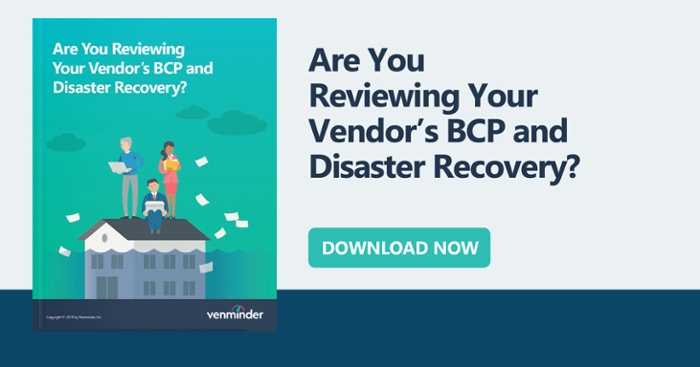When you turn on your television or read the news, chances are there’s talk around breaking news of the coronavirus. The pandemic is of major concern right now because if you’re exposed to the virus, there’s a very high – almost inevitable – probability that you’ll become ill. It’s extremely contagious and close contact with someone who is exposed elevates your risk of susceptibility.
Travel bans and restrictions are in effect. Conferences are being cancelled. Employees are being encouraged to work from home at many companies. On March 2, Twitter asked its approximate 5,000 employees to work remotely to help control the chances of the virus spreading.
Certain products, like n95 masks, are hard to find due to mass purchases. People are being quarantined. Less and less people are attending sporting events and Switzerland has banned gatherings where more than 1,000 people will be in attendance. The impact of the virus is becoming increasingly more serious on the overall environment.
This could very easily start affecting work. What happens if:
- Schools cancel classes and parents are left with young children who need to stay home?
- Companies continue to tell employees to work from home?
- Employees are told to stay home which causes partially closed or fully closed businesses?
- There’s a delay in receiving a product due to domino effects of recent purchase behavior or environmental elements?
- There’s a decline in sales affecting functions?
- You can’t get to work because public transportation has been temporarily stopped?
Coronavirus is a global third-party risk, so it’s time to talk pandemic planning 101.
Know Your Vendor’s Pandemic Plans
So, what does this mean to you and your third-party vendors? You and your vendors need to have a tested pandemic plan in place, copies in hand and be ready to operationalize it. Do this now; not tomorrow. It’s time to get on it.
Consider the following 4 items regarding pandemic plans:
- First and foremost, make sure you have a copy of your vendor’s pandemic plan, especially from your high-risk and critical vendors. If you don’t already have one, request it now.
- Make sure your OWN pandemic plan covers things like if employees work remotely. Are you prepared for that and will operations be sustainable by doing this? And, will operations be sustainable if your vendor’s employees work remotely?
- Know what your plan is to continue operations with only 40% of your total workforce. And, know what your vendor’s plan is in that same scenario.
- If you must close operations, how will you do that and when will you reopen? What would the process be for your vendors if they had to do that? Be aware of how that affects all your business relationships. This is an absolute worst-case scenario.
You should always be doing this. However, the coronavirus and its criticality are a stark reminder.
Understand other components of business continuity plans and disaster recovery plans. Download the eBook.







